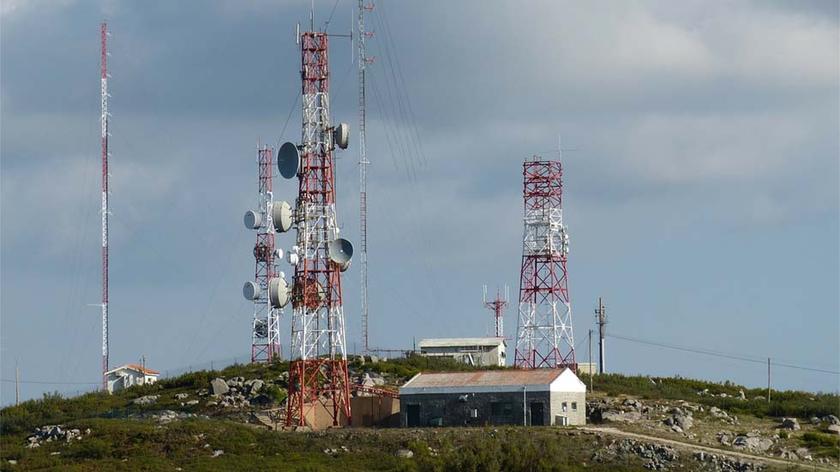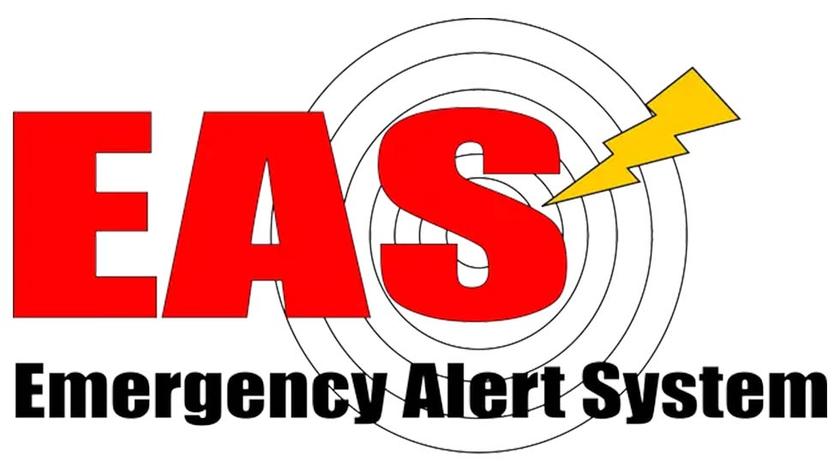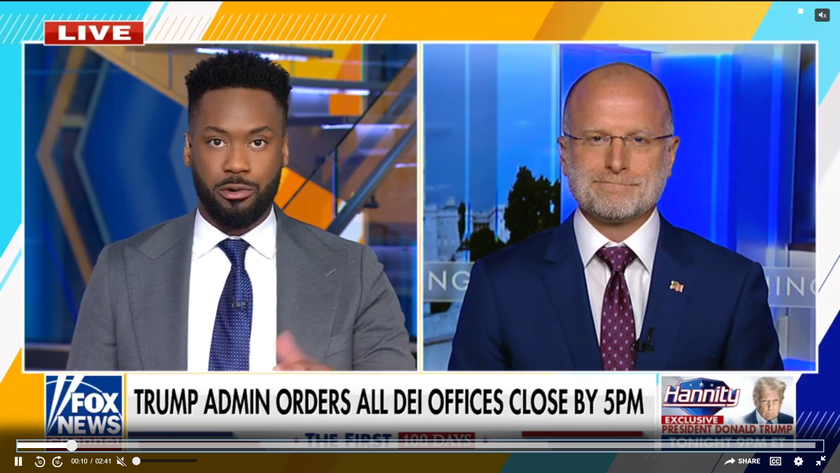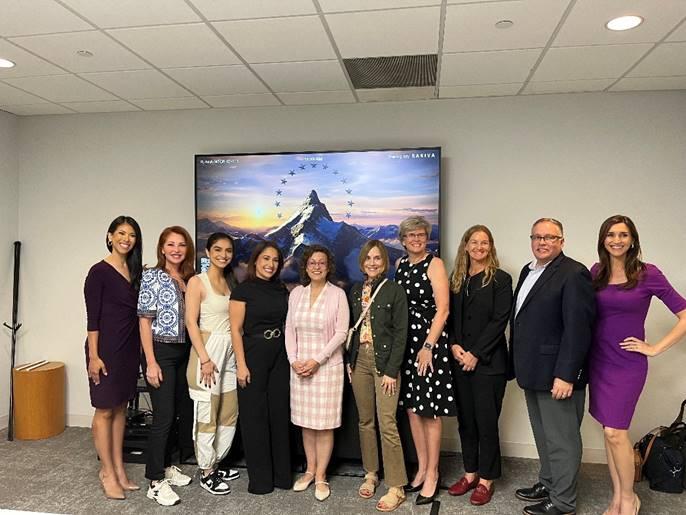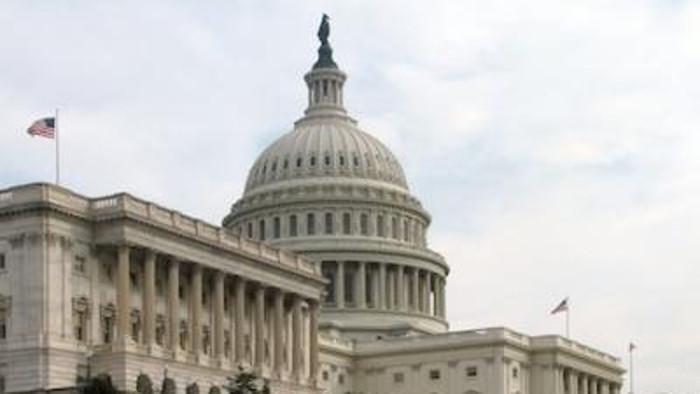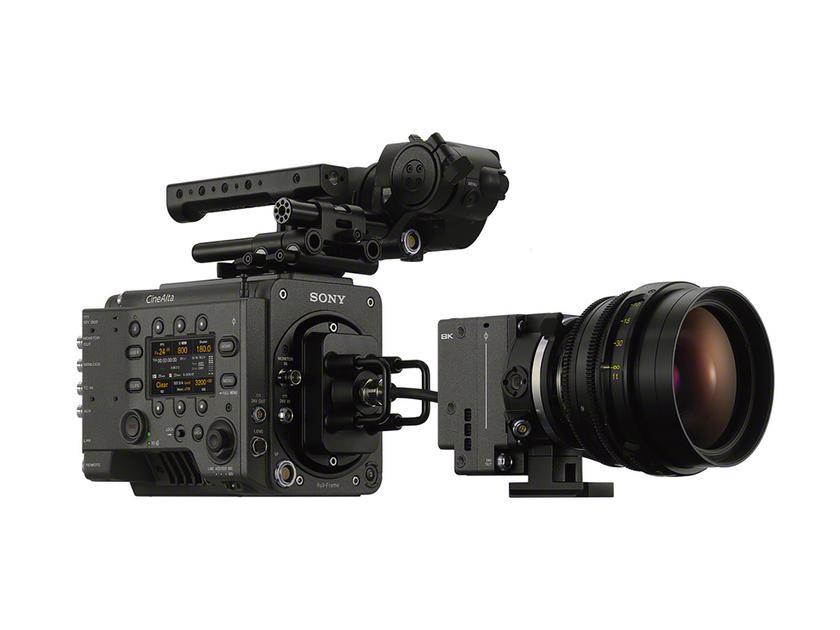FCC Sends Second Round of EEO Audit Letters to TV, Radio Stations
150 randomly picked stations received letters in this round; each year about 5% of all stations are selected for Equal Employment Opportunity audits
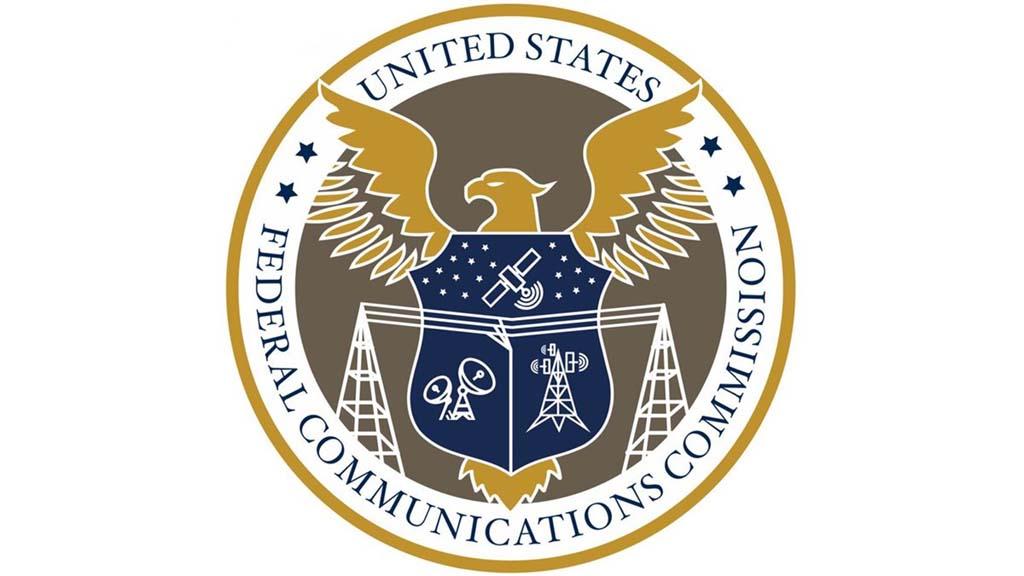
WASHINGTON, D.C.—The FCC’s Enforcement Bureau has sent out Equal Employment Opportunity (EEO) audit letters to 150 randomly selected TV and radio stations.
Each year, the FCC said it plans to send audit letters to approximately five percent of all radio and television stations. The letters dated October 18 were the second round of audit letters that have been sent in 2024.
Earlier this year, the FCC issued an order to reinstate the collection of radio and television stations’ workforce composition data on FCC Form 395-B. The FCC's Fourth Report and Order reinstating Form 395-B said the data would help it better track diversity in the broadcast industry. The rules went into effect on June 3 but the NAB and others have asked the FCC to reconsider the decision.
The data collection has also been challenged in the courts.
The deadline for stations to upload responses to their FCC-hosted online public inspection files is December 2, 2024 unless the stations request an extension, the FCC said.
However, stations in Florida, Georgia, North Carolina, South Carolina, Tennessee and Virginia whose operations were disrupted by Hurricanes Helene or Milton do not need to request an extension and may respond by Jan. 16, 2025, if additional time is needed. Stations in the impacted areas may contact the Enforcement Bureau to discuss further options if circumstances prevent them from responding to their audits by this extended deadline.
Get the TV Tech Newsletter
The professional video industry's #1 source for news, trends and product and tech information. Sign up below.
George Winslow is the senior content producer for TV Tech. He has written about the television, media and technology industries for nearly 30 years for such publications as Broadcasting & Cable, Multichannel News and TV Tech. Over the years, he has edited a number of magazines, including Multichannel News International and World Screen, and moderated panels at such major industry events as NAB and MIP TV. He has published two books and dozens of encyclopedia articles on such subjects as the media, New York City history and economics.
